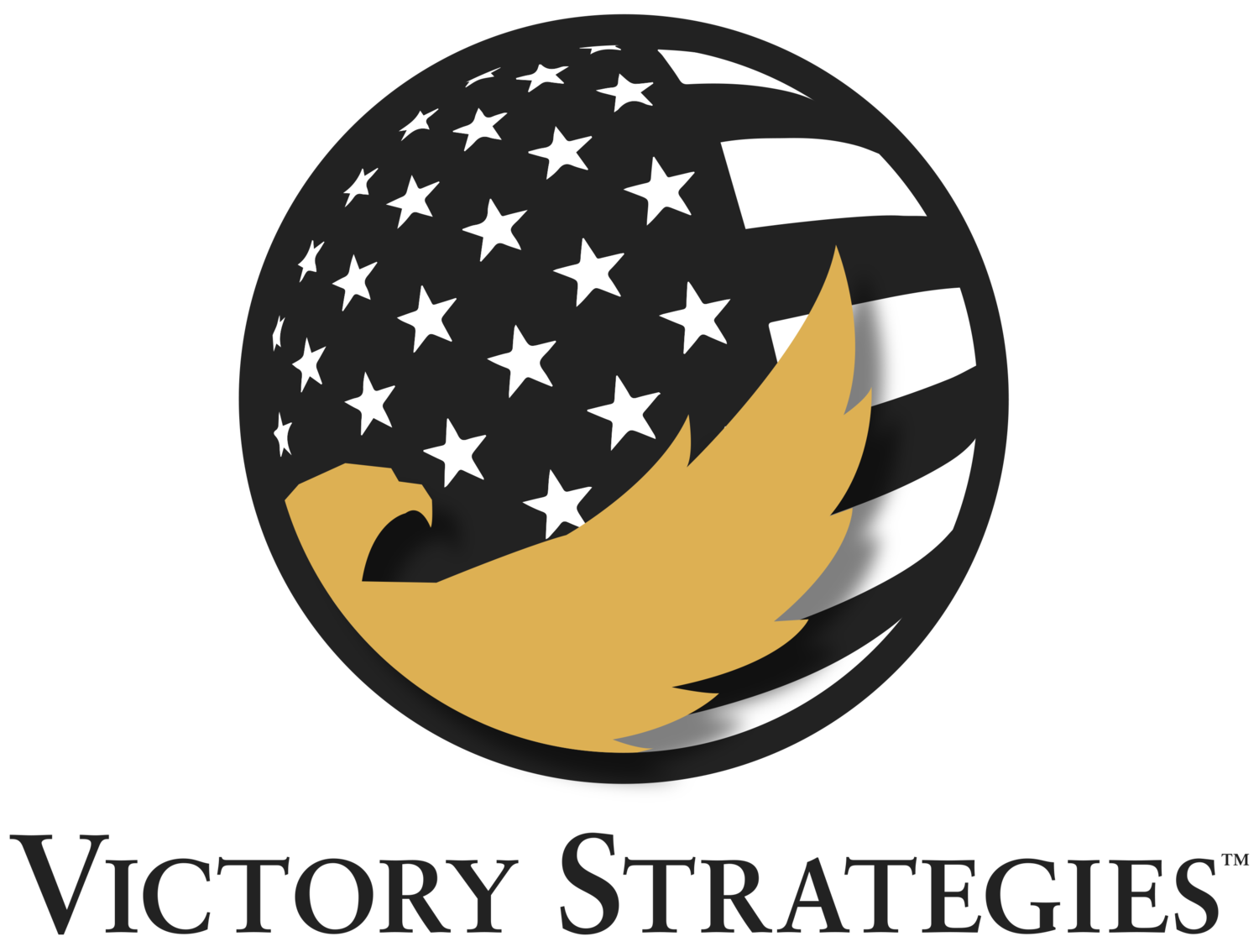Many of us hear the term “diversity” and immediately preface the term with racial or cultural.
Diversity within your leadership team is invaluable. With diverse backgrounds come diverse experiences which result in different perspectives. As a leader, your decisions are frequently guided by past experiences, both positive and negative. Consciously or unconsciously, we search for previous scenarios, challenges, and decisions that match the problem in front of us in an effort to find a solution. This is your “box.” Thinking “outside the box” in a high pressure or time sensitive situation that requires a rapid decision demands someone who lives and operates outside your box.
Toward the end of my first year as a Fighter Wing Commander, I was faced with the prospect of hiring a new Wing Command Chief, since my current Chief was retiring. The Command Chief serves as the senior enlisted advisor to the commander, one of the three key positions of the leadership triad, comprised of the Commander, Vice Commander, and Command Chief.
I was provided a slate of candidates, all carefully screened. I was then provided recommendations by fellow Wing Commanders, all of whom I trusted. I was left with four candidates to interview. The decision came down to two of the Chiefs. My first interview was with Chief “S.” He was clearly cut from the same cloth as me. He was finishing my sentences and we were clearly true kindred spirits. As soon as I recognized that, I realized I could not select him as my next Command Chief.
There is great temptation to build a team of like-minded people. It is comfortable. We tell ourselves as leaders, it will make a more effective team because we work well together and get along. We understand each other, therefore we will communicate better, and we will be able to operate more efficiently.
The truth of the matter is we actually create an echo chamber when we do this, which propagates group think in our team and organization. Everyone has a common operating picture due to similar experiences and that common frame of reference generates a very narrow spectrum of solutions for a given problem. Absent close scrutiny, or organizational introspection, this group think can quickly be characterized as efficiency and/or effectiveness. Consensus can be achieved quickly in the absence of critical thought.
My second interview was with Chief “J.” Chief J, like the rest of the candidates had done her homework and studied me and understood my command priorities. As I posed questions and our conversation expanded, I continually found myself tilting my head ninety degrees to follow her approach that continued to land on the same target I was aiming for. It was incredibly intriguing and led me to continue to ask how she arrived at the approach she took. It quickly became clear that Chief J was the choice.
Chief J provided me the 90 degree out viewpoint I needed on the command team to ensure we were covering our angles. Notice that I did not say 180 degree out. I was not looking for pure opposition to every idea. It is not that I didn’t want opposition, but you can typically see the direct opposite to what you are attempting to do; your “flanks” or 90 degrees out is where your blind spots typically reside.
I purposely left out demographics to this point (absent a “her”) to avoid everyone believing they know the end of the story based on the title. As a career fighter pilot, there is no enlisted equivalent to our career field, but I would argue the closest is the maintainer, as we are around them every day on the flight line and heavily rely on them to do our job, in training and in combat. Chief S was a career maintainer and that was a large part of our common vernacular and experience. He was also a white male.
Chief J was from the medical career field, growing up as a laboratory technician. I was told by a senior mentor of mine that the group toughest for me to understand when I took command were the medics. It wasn’t that they were a strange group, it was their mission was very different than the one I grew up executing. She was also a part of the first group of Chief Master Sergeants that attended the Air War College, the senior developmental education course for senior officers. She happened to be an African-American female.
Chief J was a home run. We routinely saw things differently which was incredibly helpful. We almost always came to consensus after discussing how he arrived at different methods, approaches, or answers. Chief J was never afraid to pull me aside and tell me how she heard something versus how I felt I delivered the message. In multiple instances, she helped me bridge the gap between what I was attempting to communicate and what was being received.
When building your leadership team, don’t “force” the diversity issue, look for it naturally. I assert that if you seek out that person who brings a “90 degrees out” approach to your own, you will find someone with a different background and experience than your own, and likely someone of a different race, ethnicity, and/or gender. This diversity of experience and viewpoint will strengthen your leadership team and lead you to more solutions to problems you are presented as an organization.
Authored By: Scott Campbell, Managing Director
